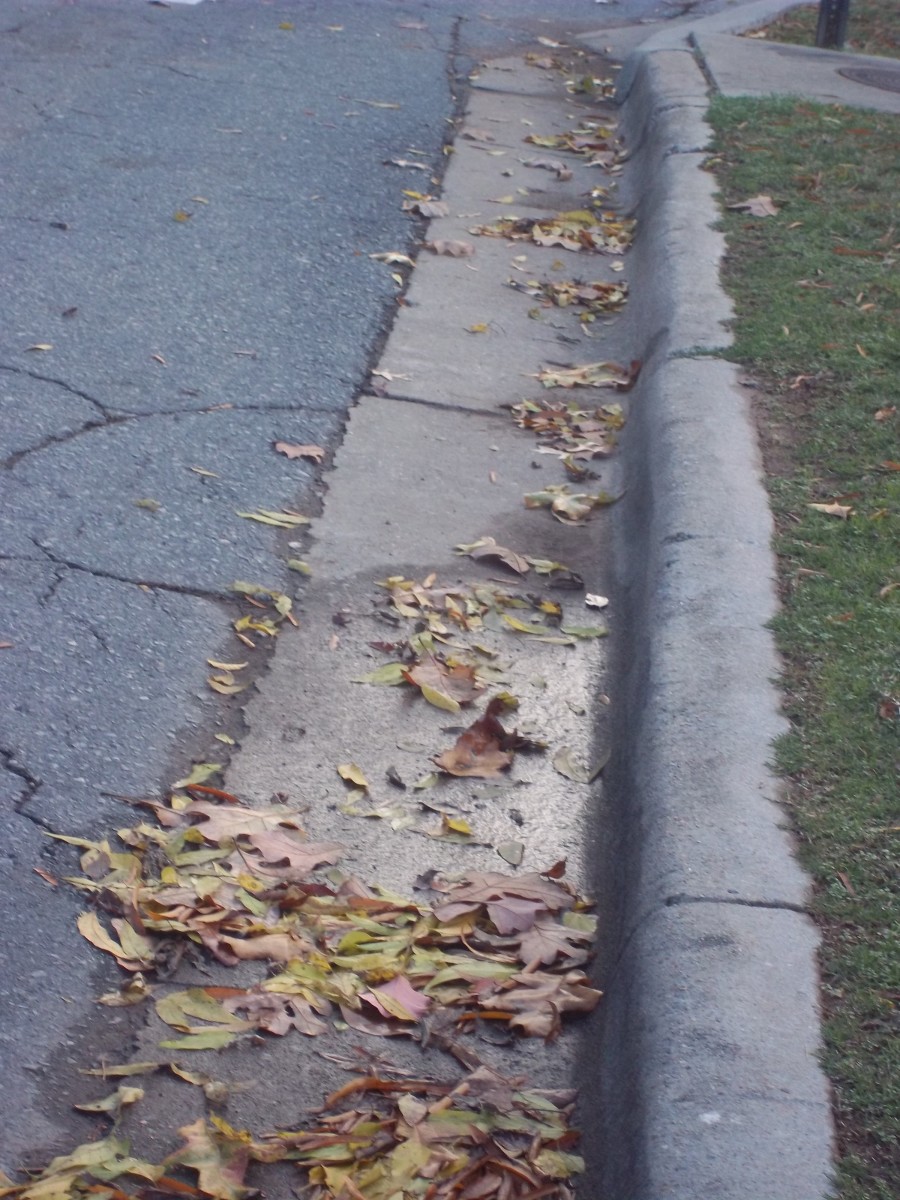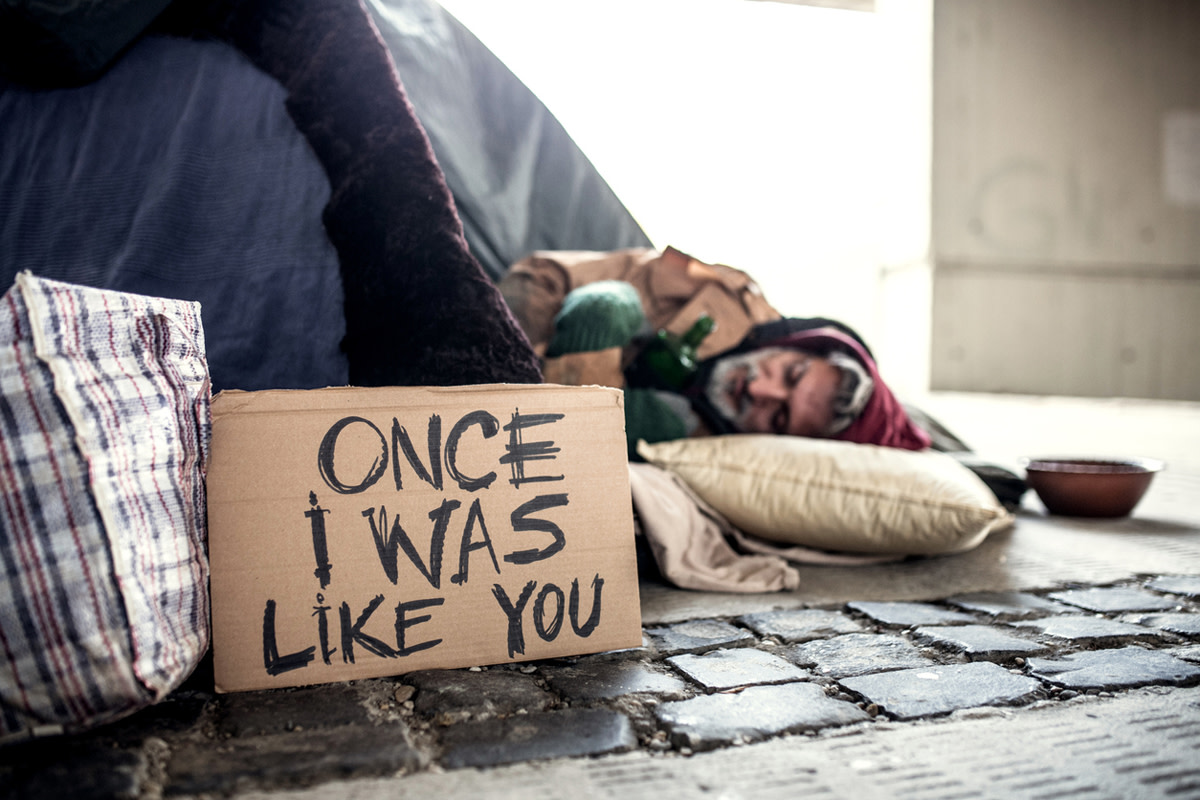Jeannette Walls' Glass Castle: Homelessness, Suffering, & Themes of Childhood Maltreatment

The memoir “The Glass Castle” by Jeannette Walls touches on many tragic themes on suffering and childhood maltreatment. From the opening passages, a reader is left with the distinct impression that the memoir is more a comment on the human condition than a clever arrangement of anecdotes. Indeed, one of the main themes centers on homelessness; how people become homeless, and how they survive and thrive without means and material things.
The following is an examination of the available data on homelessness in the United States, followed by an examination of the psychological aspects of living a life on the streets; as compared to the themes addressed in Jeannette Walls' Glass Castle
The Staggering Number of Homeless
First, “although chronic homelessness represents a small share of the overall homeless population, its effects on the homeless system and on communities are considerable” (NAEH). Homeless people use more resources than the average tax-paying citizen, and even more so if they are chronically homeless. In fact, “a landmark study of homeless people with serious mental illness in New York City found that on average, each homeless person utilized over $40,000 annually in publicly funded shelters, hospitals (including VA hospitals), emergency rooms, prisons, jails, and outpatient health care” (NAEH). Serious mental illness has been shown to be the cause for the majority of homeless people. And, indeed, “much of the cost [of the chronically homeless person] was for psychiatric hospitalization, which accounted for an average of over 57 days and nearly $13,000” (NAEH).
But there is much more to defining the extent of the homeless population within a community. The numbers alone are staggering. A study performed by the National Alliance to End Homeless cites that “there are approximately 150,000 to 200,000 chronically homeless individuals nationwide.” Further, “about half of the people who experience homelessness over the course of a year are single adults…an overwhelming majority (80 percent) of single adult shelter users enter the homeless system only once or twice, stay just over a month, and do not return” (NAEH). While single adults make up the majority (but not by much) of the homeless population, when entered into the shelter system, they are usually able to get back to their feet, as homelessness, for many, is a temporary situation.
However, “approximately 9 percent [of homeless people] enter [shelters] nearly five times a year and stay nearly two months each time…the remaining 10 percent enter the system just over twice a year and spend an average of 280 days per stay—virtually living in the system and utilizing nearly half its resources” (NAEH). This portion of the homeless community is unable to utilize the resources available to them and is, further, unable to re-establish working lives outside the homeless shelter system. It is this portion of “individuals [who] are defined by the Department of Housing and Urban Development (HUD) as chronically homeless. They often cycle between homelessness, hospitals, jails, and other institutional care and often have a complex medical problem, a serious mental illness like schizophrenia, and/or alcohol or drug addiction” (NAEH).
Homelessness is Like a Disease: It Can Happen to Anyone
It is in the opening scene of “Glass Castle” that the theme of homelessness is first introduced. Walls ends up at a traffic light on her way to a fancy party and spots her mother digging through a dumpster, noting the “rags around her shoulders…studying items of potential value that she’d hoisted out of the Dumpster…her long hair was streaked with gray, tangled and matted, and her eyes had sunk deep into their sockets” (Walls, 3). Walls is shamed by her reaction, she has her driver turn around and take a different route to her party; but, more importantly, a reader is given a glimpse into the tragic downturn of a child’s mother. While this scene can be interpreted in numerous ways, the evidence shows that Walls’ mother can, literally, be seen as just another statistic. A woman with a disease like Alzheimer’s falls from her lower to middle class life into one of sleeping at night upon a cardboard box while being careful not to get burned by the city sewer grates during that slumber.
Kevin Barbieux, who has been in and out of homelessness for over 25 years, is not the typical stereotype of a homeless man. From his on-going blog entitled “The Homeless Guy,” a reader is immersed into his life, immediately coming to know him as a friend and confidante. His mission is to demonstrate that there is much more to the homeless person than that they are simply homeless, jobless, losers. Barbieux, for his part, served in the United States Navy, owned a home, and was married with children. But, then he was hit by depression and extreme social anxiety and his happy suburb life was over before he knew what happened. In reality, Barbieux’s story is not that uncommon and does much to demonstrate his point that homelessness, like a disease, can and does happen to normal, even above-average, and highly intelligent people.
Homelessness and chronic homelessness are a serious problem plaguing many communities. The homeless are misunderstood and, often, unable to get the help that they need to be able to return as a functioning member of society, and, are often left to live with their tragic conditions simply because the needed healthcare is not available. What Jeannette Walls’ “Glass Castle” does is to illustrate this condition, effectively inserting it into a daily upper to middle class life, where the reason and foundations for becoming homeless are relegated to a search for its root cause—where, instead, there may only be a depressed human being in need of intensive psychiatric help.
References
Barbieux, Kevin. The Homeless Guy. 2009. 27 June 2009 < http://thehomelessguy.wordpress.com/>.
Fritz, Kathy. The Atlantic Cape Community College Reads. Ed. Ellen Parker. 2009. Atlantic Cape Community College. 27 June 2009 <http://www.atlantic.edu/library/TheGlassCastle.htm>.
National Alliance to End Homelessness (NAEH). Fact Checker: Chronic Homelessness. 24 April 2007. Accurate Statistics on Homelessness. 27 June 2009 <http://endhomelessness.org/content/article/detail/1623>.
Walls, Jeannette. The Glass Castle. New York: Scribner, 2005.
U.S. Department of Health and Human Services. Homelessness Resource Center. 2009. 27 June 2009 < http://www.nrchmi.samhsa.gov/Default.aspx>.









